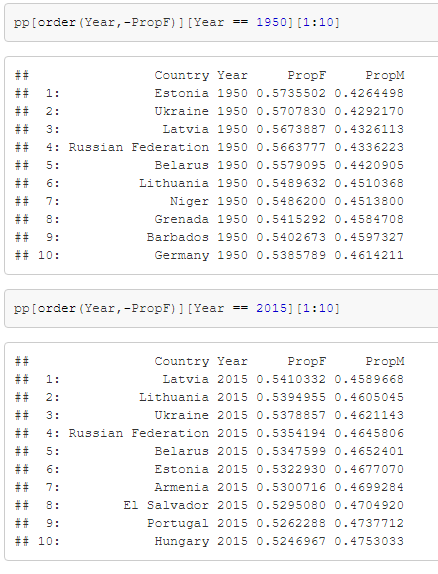War, an aging population, and alcohol. From an article from Pew Research:
This region has been predominantly female since at least World War II, when many Soviet men died in battle or left the country to fight. In 1950, there were just 76.6 men per 100 women in the territory that is now Russia. That number rose steadily in subsequent decades, climbing to 88.4 by 1995 before declining again.
...
The population in Russia and the former USSR as a whole is older than that of the world. Most of these nations, including the most populous, also have low fertility rates compared with the global average. This skews the population’s gender ratio because older people are more likely to be female, while more younger people are male.
...
Alcoholism has long been a problem in the former USSR, especially for young men. A 2014 study in The Lancet medical journal found evidence that excess vodka use is a top killer in Russia, responsible for a disproportionate amount of deaths among Russian men.
